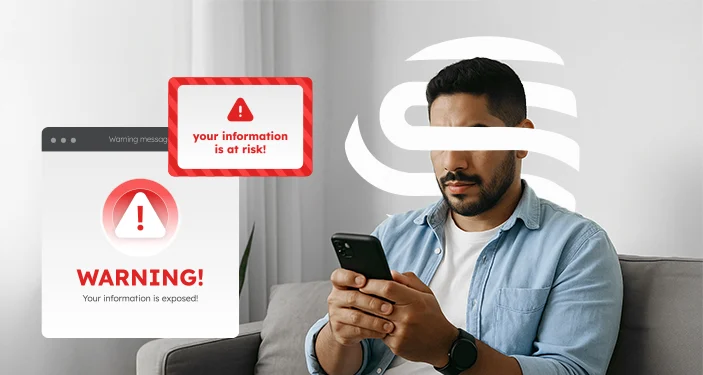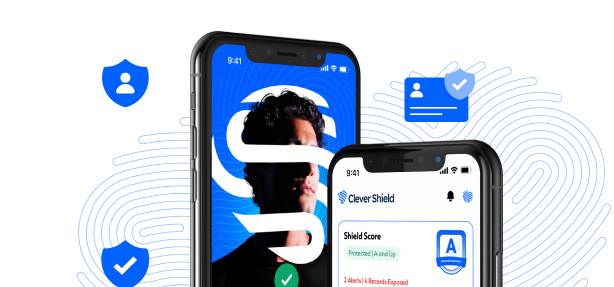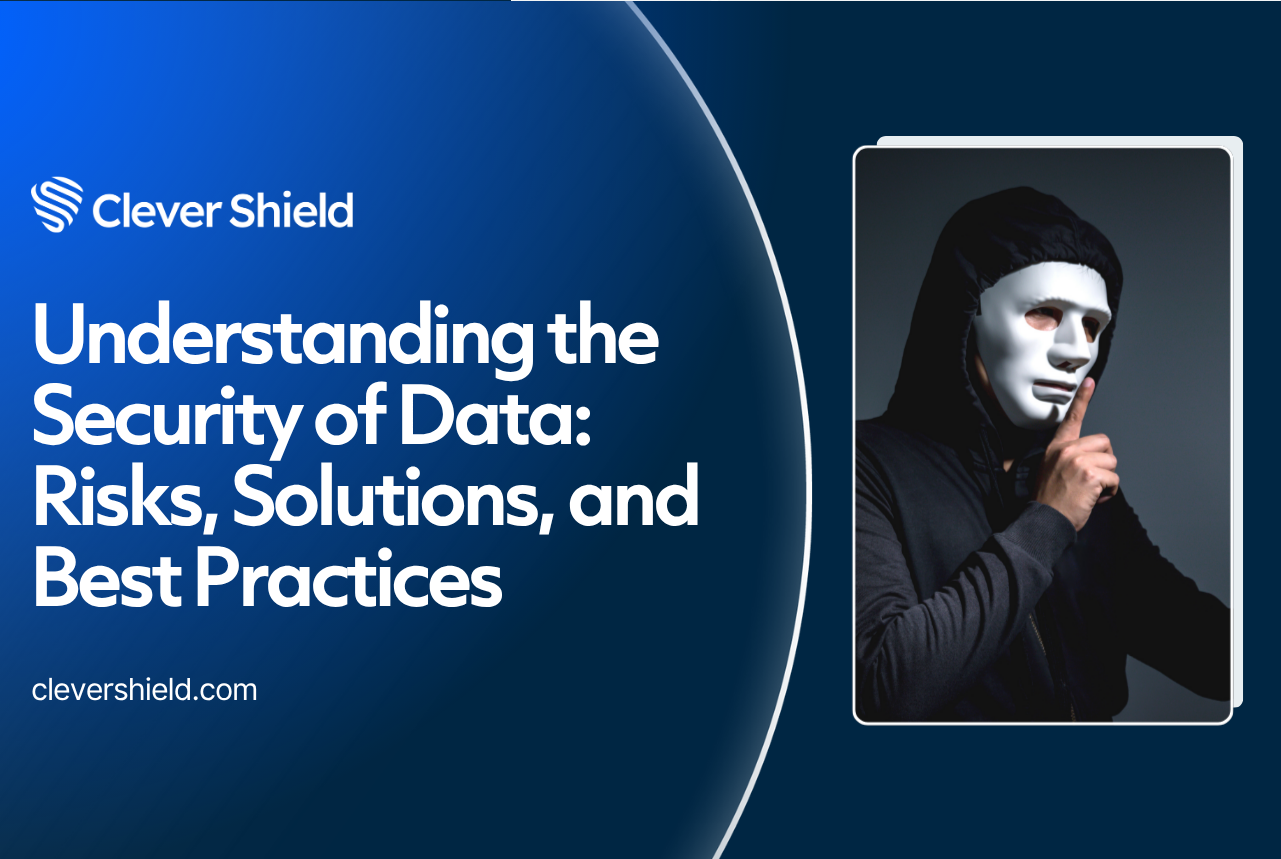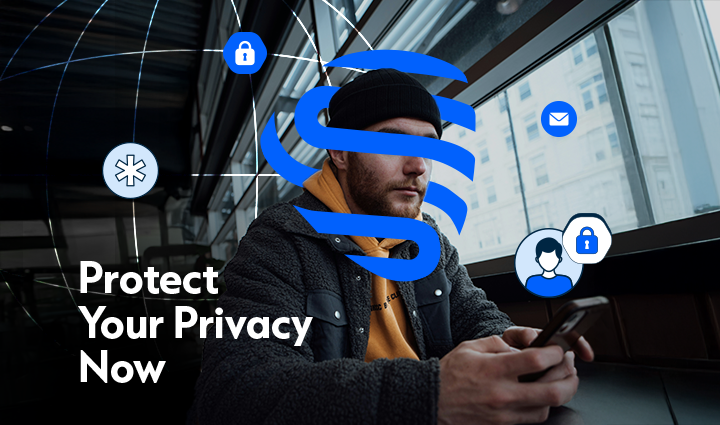Identity theft is one of the fastest-growing crimes in the world, and 2025 is already on pace to break records. Millions of people will have their Social Security numbers, bank details, and personal data exposed through breaches, scams, or leaks. And once a thief has your Social Security number, one of the easiest ways for them to commit fraud is by opening new credit in your name.
That’s where a credit freeze comes in. A credit freeze is one of the most powerful tools you have to protect yourself, yet very few people fully understand how it works, what it does, and why it matters. In this guide, we’ll cover everything you need to know — from how to freeze your credit with each bureau to the pros, cons, and shortcuts that can save you time and headaches.
What a Credit Freeze Is — and What It Isn’t
A credit freeze (also called a security freeze) is a free service that lets you restrict access to your credit report. When your credit is frozen, lenders, creditors, or anyone trying to run a credit check cannot see your report.
This means fraudsters trying to open new credit cards, loans, or mortgages in your name will almost always be denied.
But it’s equally important to know what a freeze does not do:
- It does not prevent fraudulent charges on your existing accounts.
- It does not stop identity theft related to taxes, medical records, or employment.
- It does not automatically notify you when your data is stolen.
A freeze is powerful, but it’s not a silver bullet. It’s one layer of protection in a bigger defense strategy.
Why Freezing Your Credit Matters More Than Ever
Rising Identity Theft in 2025
The Federal Trade Commission (FTC) reported over 1.1 million cases of identity theft in 2023, with losses exceeding $10 billion. Experts predict 2025 will see even more sophisticated fraud, fueled by artificial intelligence making scams look more realistic than ever.
One of the main ways thieves cash in is by opening new credit in stolen identities. A credit freeze blocks that path.
Data Breaches and Leaked SSNs
When companies are hacked — like the massive Equifax breach in 2017 that exposed 147 million people’s data — Social Security numbers end up circulating on the dark web. With just your SSN, date of birth, and name, a criminal can apply for credit cards, loans, or even housing.
Freezing your credit ensures that even if your SSN is floating around online, it can’t be used to open new accounts without your permission.
The Pros and Cons of Freezing Credit
Like any security measure, freezing credit has strengths and trade-offs.
Pros:
- Free and legally guaranteed by all three bureaus.
- Stops unauthorized credit applications cold.
- Does not affect your credit score.
- Provides peace of mind in case of data breaches.
Cons:
- You must unfreeze temporarily if you’re applying for new credit, renting an apartment, or even signing up for certain utilities.
- Each bureau requires its own freeze and unfreeze — a process that can feel repetitive.
- It does not prevent fraud on existing accounts.
Step-by-Step Guide: How to Freeze Your Credit with Each Bureau
Freezing your credit must be done separately at the three major credit bureaus. The process is free, but you’ll need to provide personal information such as your SSN, date of birth, and address.
Experian
You can freeze your credit at Experian’s Freeze Center.
Steps:
- Go to the Experian Freeze Center.
- Provide your full name, SSN, date of birth, and address.
- Create a PIN or account to manage your freeze.
- Confirm the freeze via email or mail.
Equifax
Freeze your credit at Equifax’s Security Freeze site.
Steps:
- Visit the Equifax site.
- Enter your personal details and verify your identity.
- Create a “myEquifax” account to manage freezes.
- Activate the freeze and note your login info for future unfreezing.
TransUnion
Freeze your credit at TransUnion’s Credit Freeze page.
Steps:
- Go to TransUnion’s site.
- Enter your identifying info and create an account.
- Set up a PIN or password.
- Confirm your freeze.
All three bureaus allow you to lift or temporarily thaw your freeze online, by phone, or by mail. Most requests are processed instantly online.
Alternatives to Freezing Your Credit
Fraud Alerts
A fraud alert tells lenders to take extra steps to verify your identity before approving credit. Unlike freezes, fraud alerts are temporary (1 year, or 7 years for extended alerts). You can place one by contacting a single bureau, which then notifies the other two. Learn more at the Consumer Financial Protection Bureau (CFPB).
Credit Monitoring
Credit monitoring is less restrictive but useful. Instead of blocking access, it alerts you to changes in your report — like a new account or hard inquiry. Monitoring can help you spot fraud quickly, but it won’t prevent accounts from being opened.
Common Misconceptions About Freezing Credit
- “It costs money.” No, freezes are free by law in the U.S.
- “It hurts your credit score.” Not true. A freeze does not affect your score or existing accounts.
- “It’s too complicated.” It takes less than 15 minutes to freeze your credit at all three bureaus.
How CleverShield Makes Credit Freezes Easier
While freezing your credit manually is effective, it can be a hassle. CleverShield makes the process easier by:
- Guiding you through bureau freezes directly inside the app.
- Monitoring your SSN and personal data on the dark web.
- Alerting you instantly if new accounts are attempted.
- Providing $1 million in identity theft insurance and restoration specialists if fraud occurs.
With CleverShield, freezing credit isn’t just a one-time event — it’s part of a 360° identity protection plan.
FAQs
Q1: Do I need to freeze my credit at all three bureaus?
Yes. Each bureau operates independently, so you must request a freeze from Experian, Equifax, and TransUnion separately.
Q2: Can I still use my credit cards with a freeze in place?
Yes. Freezing only affects new applications, not existing accounts.
Q3: How long does a freeze last?
Indefinitely, until you unfreeze it.
Q4: Does a credit freeze stop all types of identity theft?
No. It mainly blocks new credit accounts. Tax fraud, medical identity theft, and criminal identity theft require additional protections.
Q5: How do I temporarily unfreeze my credit?
You can log into your accounts at each bureau and request a “thaw” for a specific creditor or timeframe.
Q6: Is CleverShield a replacement for a freeze?
No. CleverShield complements freezes with monitoring, alerts, and restoration support, so you’re protected across multiple fraud scenarios.
Conclusion: Take Control Before Criminals Do
Identity theft isn’t slowing down. Data breaches, phishing, and leaks are putting millions of Social Security numbers into the wrong hands every year. Freezing your credit is one of the simplest, most effective steps you can take — but it’s just the beginning.
By combining freezes with continuous monitoring and professional support from CleverShield, you protect not only your credit but also your peace of mind.
👉 Don’t wait until fraudsters try to open an account in your name. Freeze your credit today — and let CleverShield handle the rest.







